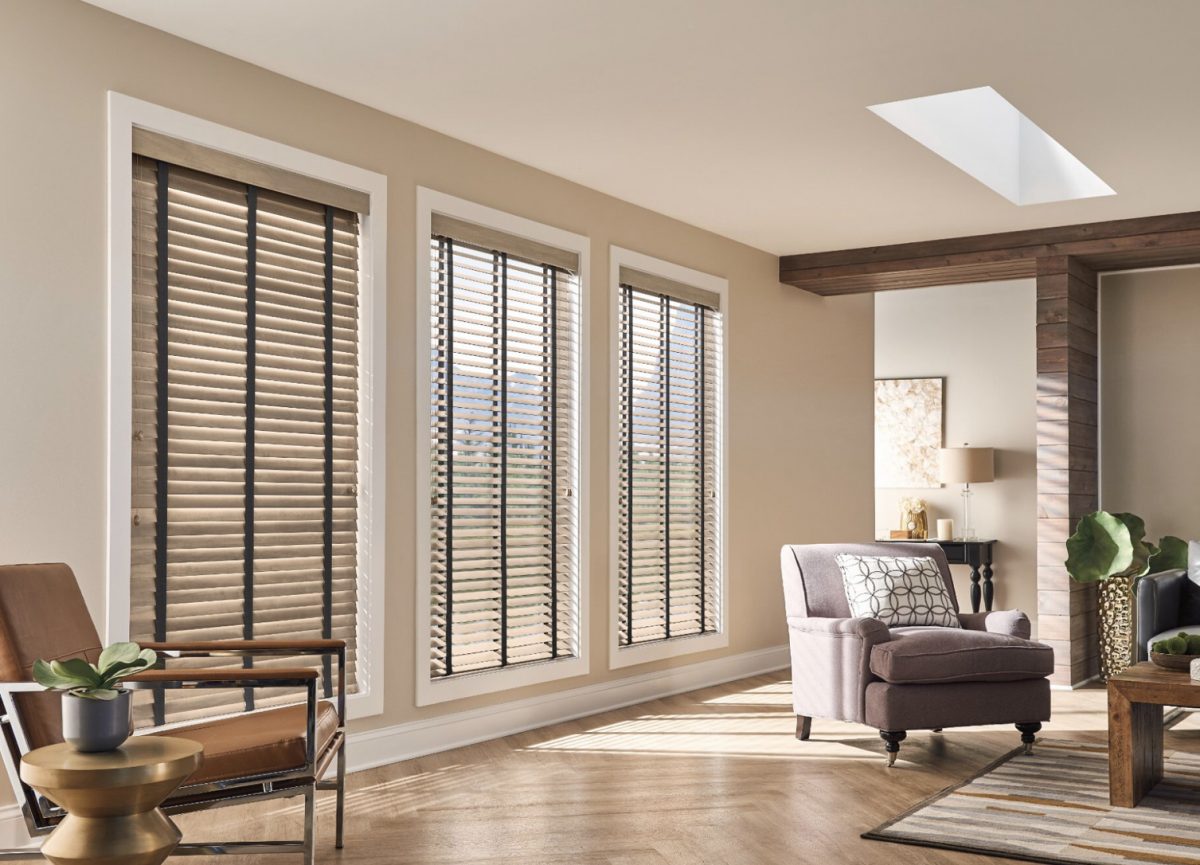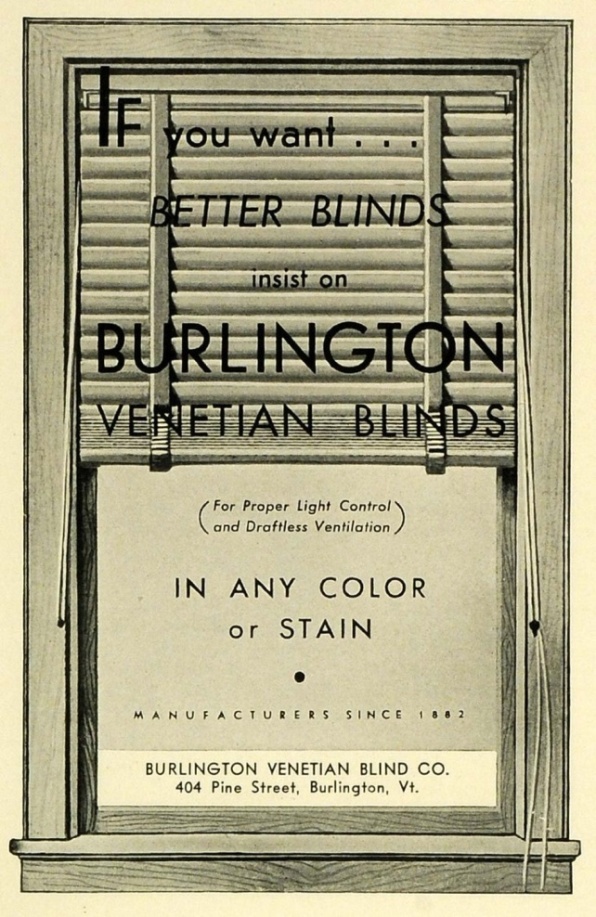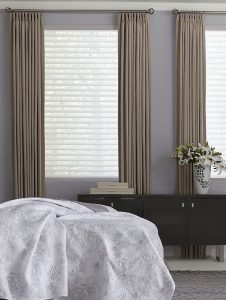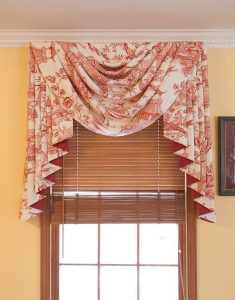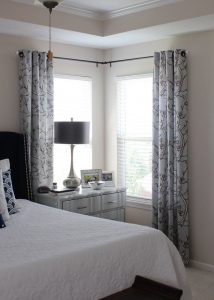Window treatments are often the most defining decor in a room. How you adorn your windows contributes greatly to the vibe of the whole space based on scale, color, and coherency of styles. In this five-part mini series about window treatments, we’re going to dive into the history, the making, and the designing of five super relevant window treatments— the first of which is Venetian Blinds. So let’s start from the beginning!
Where Did Venetian Blinds Originate?
Somehow the Italians always get credit for incredible design but the blinds we know and love aren’t actually Venetian. They were first recorded in use in 18th-century Persia and rapidly gained popularity throughout Europe, starting in Venice. They made their way over to the U.S. in 1767 and were later patented in England in 1769. Natural roll-up shades used to be the norm. But the easy light control and privacy of Venetian blinds quickly put roll-up shades on the back burner. The functionality of these blinds made them perfect for commercial and office spaces. In fact, a little company in Vermont made every Venetian blind for the Empire State Building in the 1930’s.
Venetian Blind Options
Part of the appeal of this type of window treatment is it’s versatility. Commonly, venetian blinds are made of wood, which makes for a beautiful and durable window treatment in most spaces. Except bathrooms or homes in humid regions. Here, you can order your blinds to be made out of composite, faux wood or aluminum to eliminate possible swelling of the slats.
Wood Blinds
Pros—
- Natural finish
- Easily stained or painted any color
- Timeless design
Cons—
- Potentially subjects to swelling with moisture exposure
- Color can fade from UV light exposure
Composite Blinds
Pros—
- Can be painted any color
- Timeless design
- Excellent water-resistance (likely to hold their shape)
Cons—
- Color can fade from UV light (sun) exposure
- Lighter weight material means a cheaper feel and look
Faux Wood Blinds
Pros—
- Engineered wood graining can be stained or painted any color
- Timeless design
- Good water-resistance (will likely hold their shape)
Cons—
- Lighter weight material means a cheaper look and feel
- Color can fade from UV light (sun) exposure
- Wood grain appears inauthentic
Aluminum Blinds
Pros—
- 100% water resistant (will hold their shape)
- Available in many colors
- Modern / contemporary design
Cons—
- Limited slat sizes
- Color can fade from UV light (sun) exposure
- Not suitable for all design styles
Where Should I Use Venetian Blinds?
One of the best things about venetian blinds is that they coordinate with both contemporary and traditional design. With a variety of wood and painted finishes, slat sizes and aesthetic options, they are about as universal as it gets for window treatments. You can use them anywhere in the home, but especially in spaces that look out to busy streets or nosy neighbors. Privacy is not an issue once you install a wooden or other solid wood blind. Because you can tilt the slats, you’re able to allow some light to filter through yet have quite a bit of privacy. I’d say the only downside of this type of window treatment is its inherent masculinity. Solid lines and sturdy frames create a more structured feel. They can, however, be softened up around the edges with draperies or fabric valances.
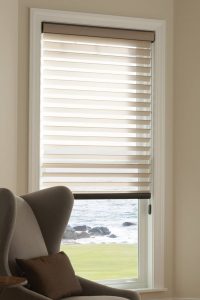
An alternative to the standard venetian blind is the sheer silhouette shade. They serve the same function as regular blinds— opening and closing by tilting the slats. However, these feminine alternatives let in much more light. They allow for soft, filtered light all day long while still giving you privacy. Sheers also block UV light while open or closed, protecting your floors, fabrics, and furniture from the sun’s harmful rays. You may want to pair sheer silhouette blinds with draperies that can be closed at night because these treatments alone do not provide much privacy once the sun goes down.
Styling Venetian Blinds
On their own, venetian blinds can certainly finish the look of your home. You can match your stained or painted wood trim, or contrast with another color. But they look even better when framed by draperies, curtains and/or valances.
Like we said, solid venetian blinds create a more formal and masculine mood in the space, which is great in an office or ultra-modern home. But most of us prefer cozier homes. Take a look at these great examples of venetian blinds paired with softer window treatments.
By simply adding floor-to-ceiling draperies or a flowing valance, you will create a much softer, cozier, casual mood.
Our trusted vendor for quality venetian blinds, Graber, offers a full range of options for any style. Plus, you can keep your project all-in-one by finding the perfect draperies with Graber too! View their gallery of wood, composite, and sheer blinds here.
